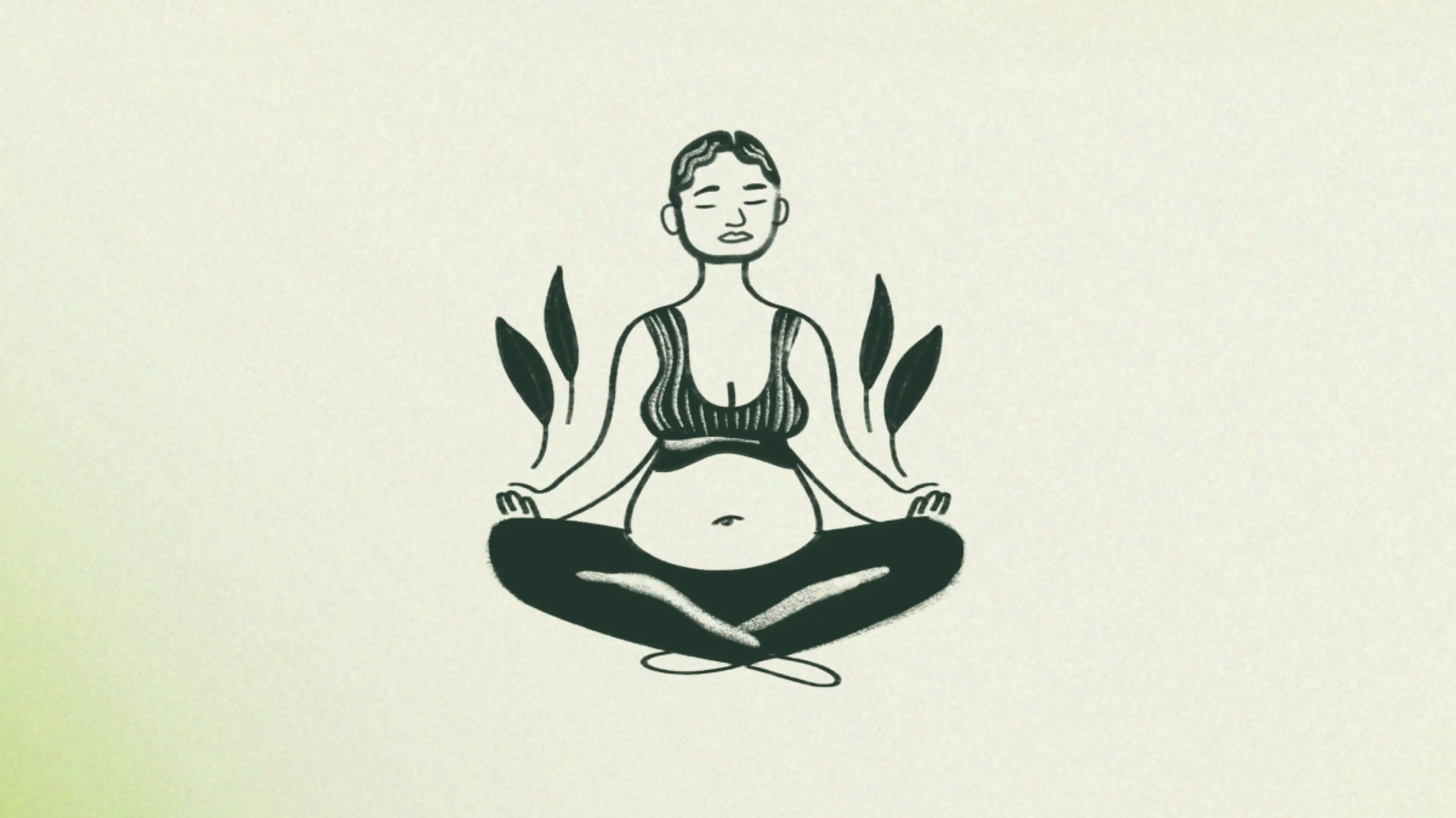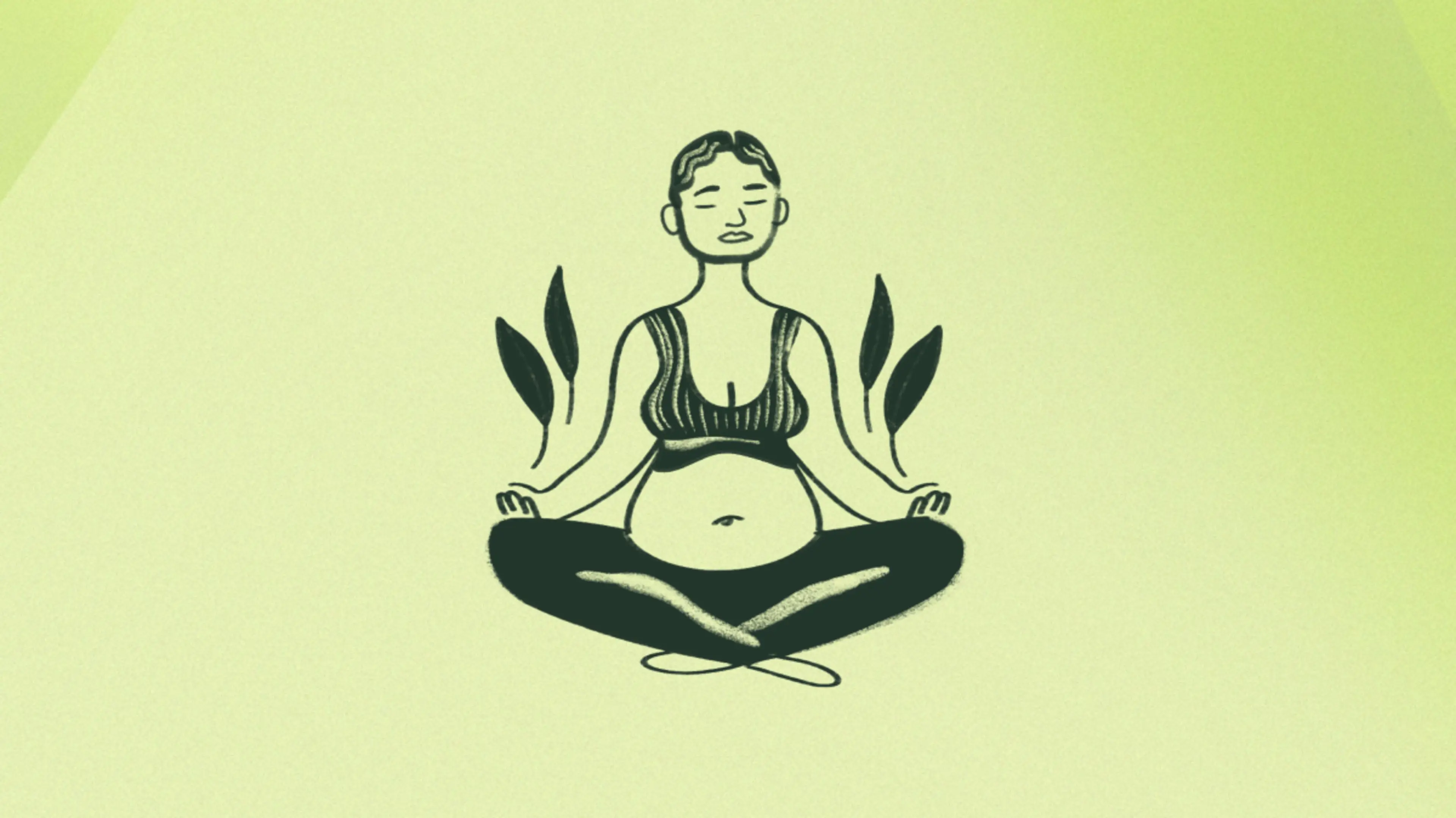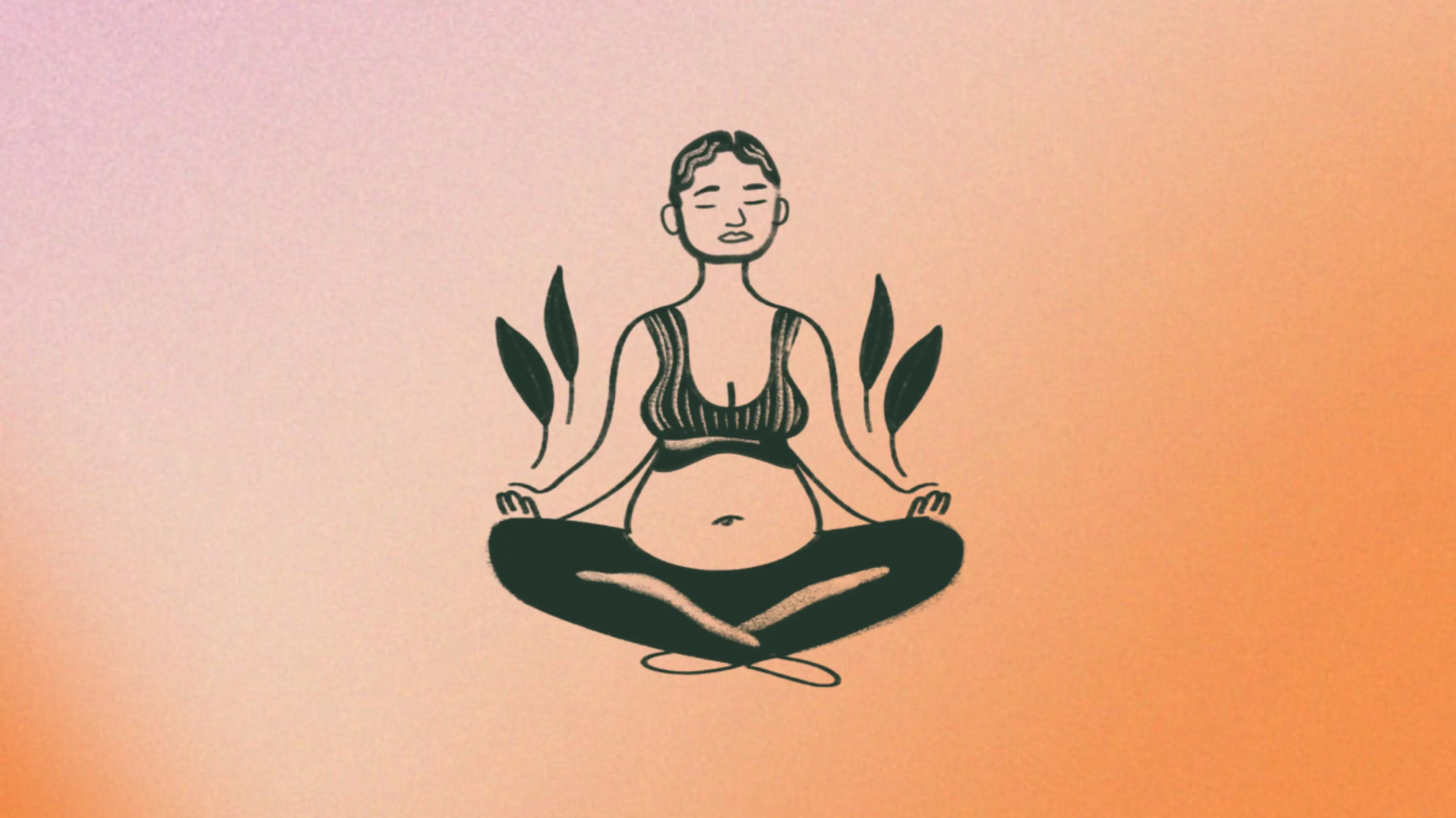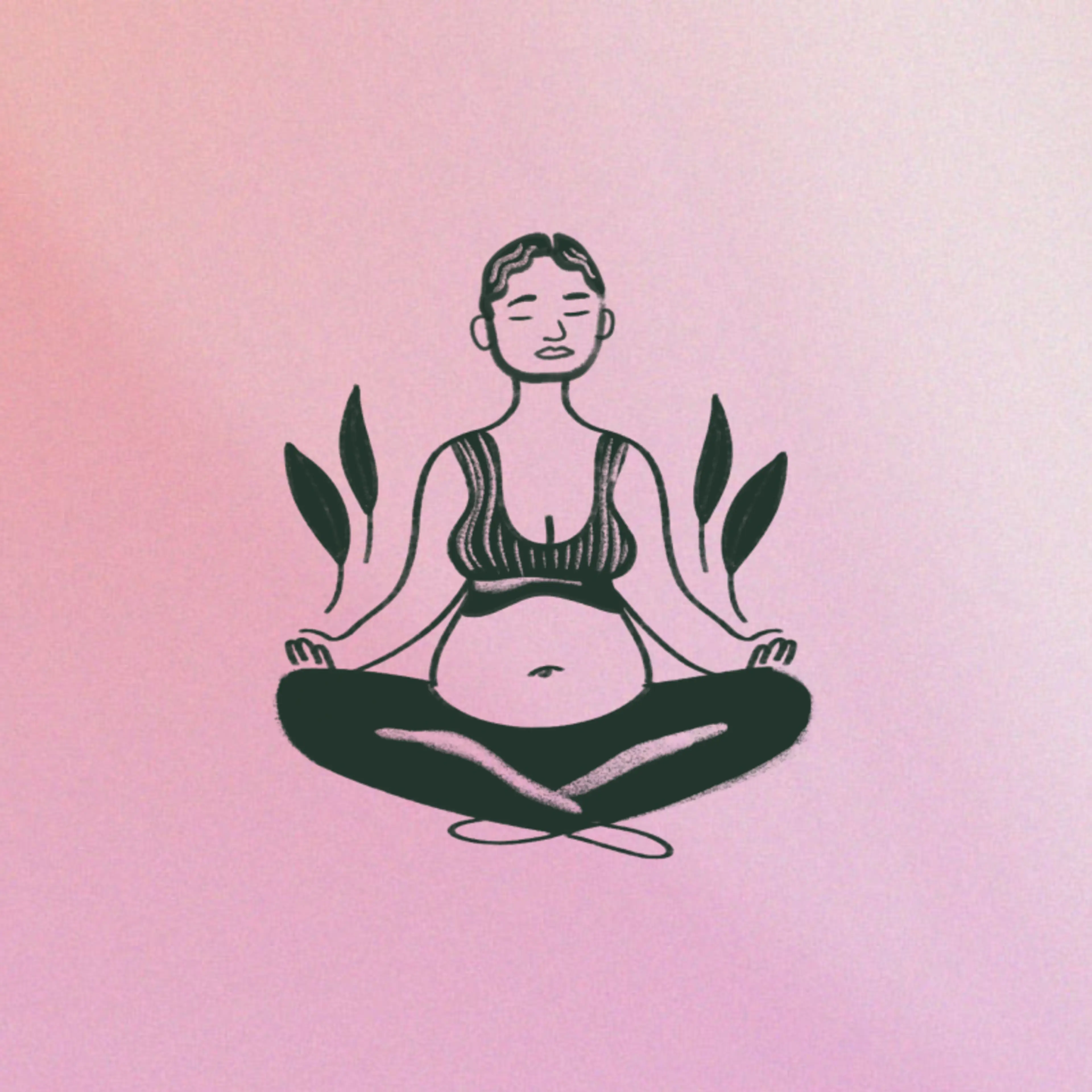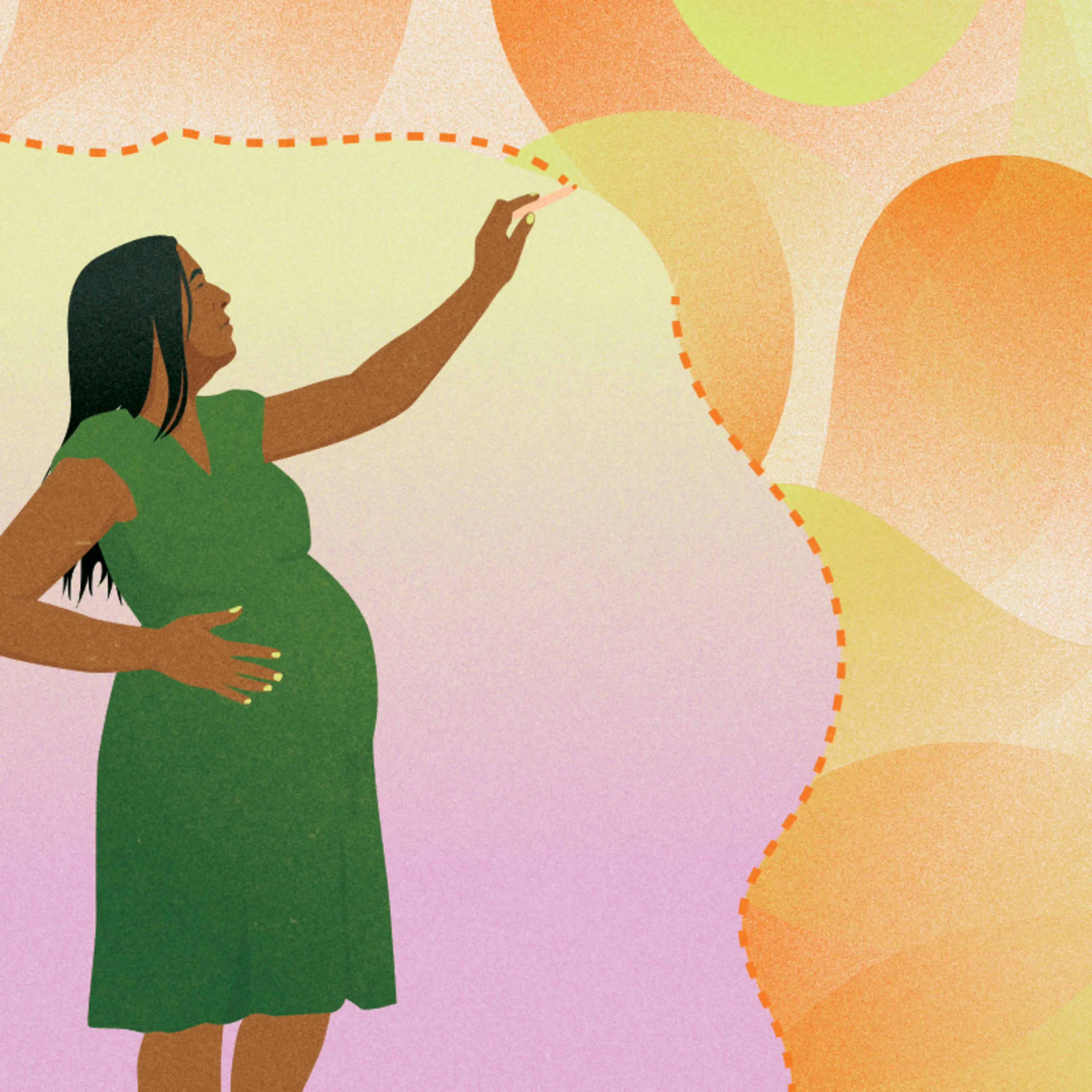Pregnancy got you feeling tired and sore? Let’s face it, you deserve some pampering. A spa day is a great way to give your body a little R&R, and just because you’re pregnant doesn’t mean you have to skip the massage.
Prenatal massage is a special technique that’s safer on pregnant bodies than traditional massage. But even with extra precautions taken to keep things comfortable, there are certain circumstances when any massage—even prenatal massage—should be avoided.
We talked with Dr. Christine Cantwell, pre- and postnatal chiropractor and massage therapist at Thriving Life Wellness Center1 , about how prenatal massage can help relieve some soreness and other physical symptoms caused by pregnancy, as well as when getting a massage isn’t a safe option.
What Is Prenatal Massage?
Like a regular massage—whether it’s Swedish, Thai, Shiatsu or any other traditional technique—a prenatal massage helps work out tension in the muscles and relieve body aches caused by stress or strenuous activity, helping you to relax both physically and mentally. But unlike regular massage, prenatal massage takes extra precautions to make it safe for pregnancy, like limiting how much you’re lying on your stomach (if at all) and avoiding certain areas of the body where extra pressure might cause discomfort or harm to the pregnant person or fetus.
Most importantly, “prenatal massage is done by a specialist who knows the changes that occur in the body and likely tensions to occur during pregnancy,” Dr. Cantwell says, that way they can target the most common sore areas. “The specialist should also be well aware of pressure points that could trigger uterine contractions and will be able to avoid such areas.”
So you shouldn’t go to just any massage therapist if you’re looking to get a massage while pregnant; look for someone who is certified specifically for prenatal massage.
Benefits of Prenatal Massage
You might already have a good idea of how a massage is meant to help with muscle tension and soreness in general, and a prenatal massage does that as well, but there are some pregnancy-specific symptoms it can relieve too.
Joints, ligaments and muscles tend to be put through the wringer as pregnancy progresses, making more room for baby and accommodating the extra weight.
“A prenatal massage can help immensely with muscular imbalance and tension that arises in the body from the fast changes occurring within it,” says Dr. Cantwell. (Think sore upper back, weakened lower back muscles, tension in the hips and legs, swelling in the feet.) And in focusing on these common problem areas, “it can improve mood, sleep, swelling and sensations of pain.”
Prenatal Massage Safety
“For the most part, it is safe to get a prenatal massage,” Dr. Cantwell says. But there are some circumstances that might make it unsafe, including “[being in] your first trimester of pregnancy, having a history of premature labor or currently having preeclampsia or pregnancy-induced hypertension.” Even if none of those circumstances apply to you, it’s still important to talk with your doctor before getting a prenatal massage so they can provide guidance on whether or not it’s a safe option for you.
Can you lie on your stomach for a massage while pregnant?
There’s a watermelon in the way, right? How can it possibly be comfortable to lie on a massage table? There’s a way around it, we promise—and you don’t have to worry about squishing baby.
“The therapist might have the patient lying on their side for treatment,” Dr. Cantwell explains, “or be equipped with pillows and support devices that would enable the pregnant patient to lay face down during the massage.” This can end up looking something like a pillow nest with a space in the center just large enough to comfortably cocoon a pregnant belly.


